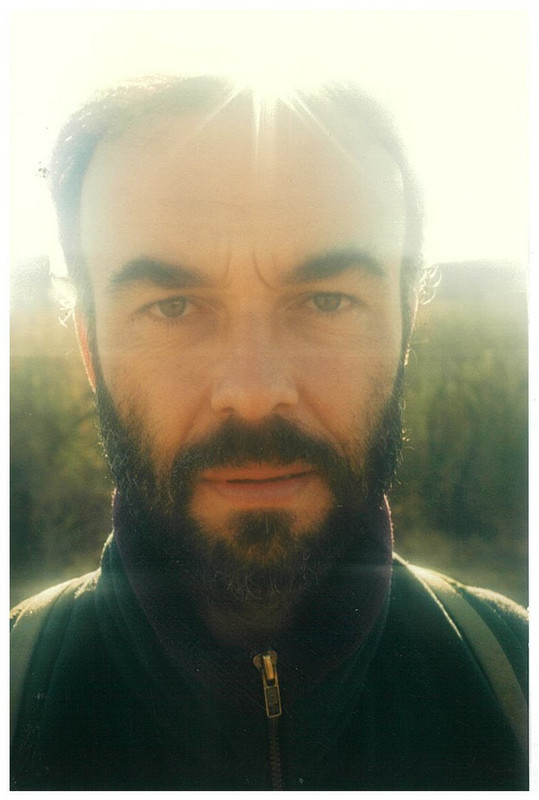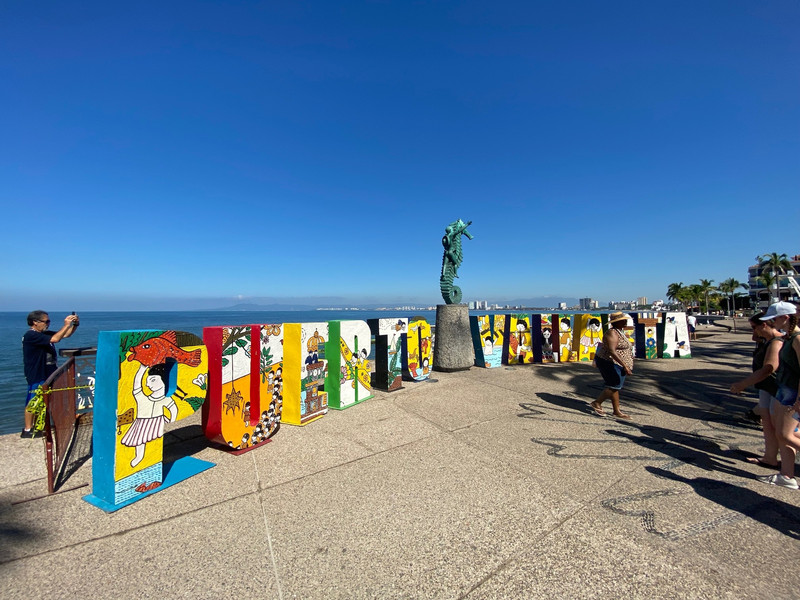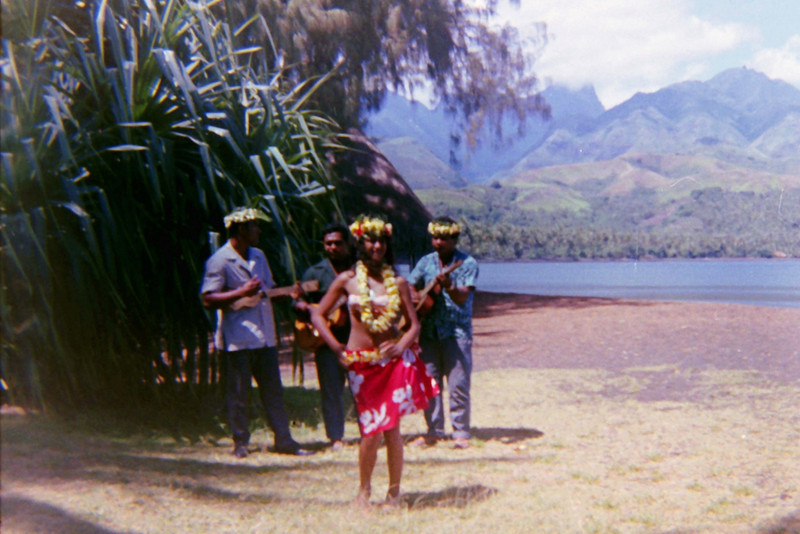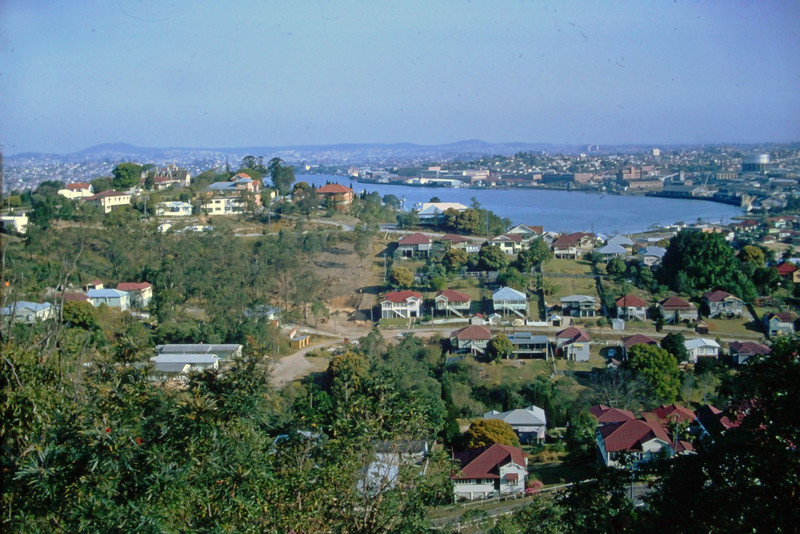My third overseas teaching job was at St Andrews School (Escuela San Andres) in Buenos Aires, Argentina. I found the school very stressful and decided to leave after two years. Before leaving, I was asked to write something for the school magazine, Carpe Diem. Here is what I wrote:
I have had this conversation with many students recently. They are curious to know why I am leaving the school after only 2 years. When Carpe Diem asked me to write an article about my time at St Andrews, I was delighted: I could answer all those students who assume, wrongly, that I dont like Argentina / Buenos Aires / them; and I could put St Andrews in an international context it with the schools I taught at previously. Here goes...
First, let me say how much I have enjoyed living in Argentina. I am disappointed that, when I leave, I will only have skimmed the surface of this
amazing country. My travels have been limited, but I have marvelled at the whales of Valdez (Que majestuoso!), celebrated sunset at Iguazu with a bottle or three of Quilmes, watched chimangos hovering over the pampas near Dolores. Above all, my life in Argentina has been dominated by the city of Buenos Aires: where I have eaten the best pizzas (fugazetta and Caruso), the best (dulce de leche con banana), the best asados (especially the cerdo) in the world; where I have watched - on TV and in the awesome River Plate stadium - Argentina stutter their way to the World Cup Finals; where I have played the most satisfying chess of my life in the friendliest surroundings.
And at the heart of my life in Buenos Aires, these past two years, has been St Andrews School. What a school! When I first arrived at St. Andrews, I was by the strangeness of everything: the vast classes of chattering students, the Spanish language (especially during English lessons!), the the incessant the division of the year into two terms (three is normal for me) and four marking periods (what were they?). The shock I felt was
hardly surprising since my previous two jobs had been at international schools in Africa (6 years in Cairo; 4 years in Tanzania). Many of you reading this article will have no knowledge of schools outside Argentina and will not understand the phrase international schools, so permit me now to describe life at the International School of Tanganyika, in Tanzania, where I taught prior here.
The International School of Tanganyika (IST) is outside the national system of the country it is in. It is independent and therefore free to devise its own educational programme. Broadly speaking, it models itself on the British and American systems. Unlike St. Andrews, which caters for an overwhelmingly Argentine student population, my previous school embraces many nationalities. A typical class at IST might consist of 8 Asian Tanzanians (children of local Indian businessmen ), 4 black Africans (from Tanzania, Malawi, Kenya ), 1 Finn, 1 Norwegian, 1 Swede, 1 Belgian (fathers working in Tanzania on various aid projects) and 2 British students.
As a teacher, I found this racial mix very stimulating; when we discussed things in class, or when I marked written work, all sorts of fascinating and contrasting cultural perspectives
I will never forget the lesson when we were reading ‘Romeo and Juliet and I was giving my usual speech about how wrong it is for parents to force a girl to marry a man she doesnt know. A hand shot up. But, sir, protested a Tanzanian Muslim girl, my parents have already picked my future husband. I dont know him, but that doesnt matter - my parents know best.
Imagine a school year cut into three terms, with restful holidays in between. Imagine a school with no marking periods, just reports. With maximum class sizes of 18. Where lessons stop at 1 p.m. and everybody goes home for lunch and a siesta. Where IB students do their 6 Diploma subjects and no more and have free time during the day to study in the library.
Do such schools really exist? Yes, they are all over the world.









